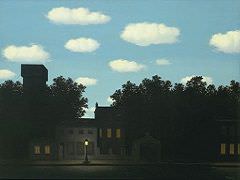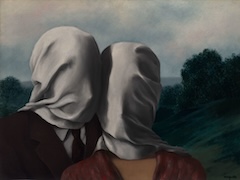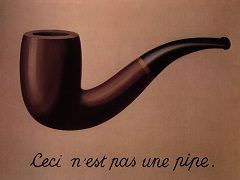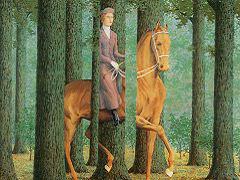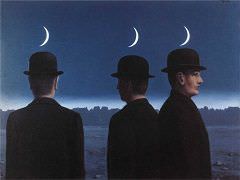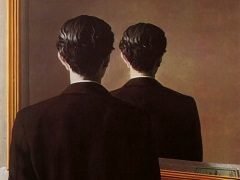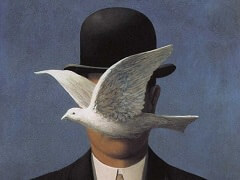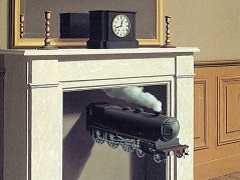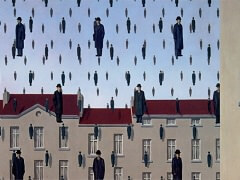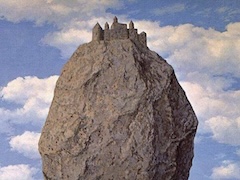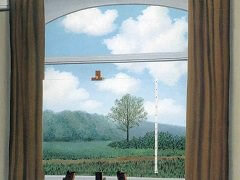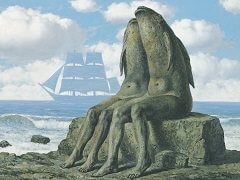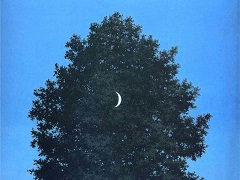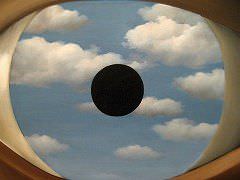Memory of a Journey, 1955 by Rene Magritte
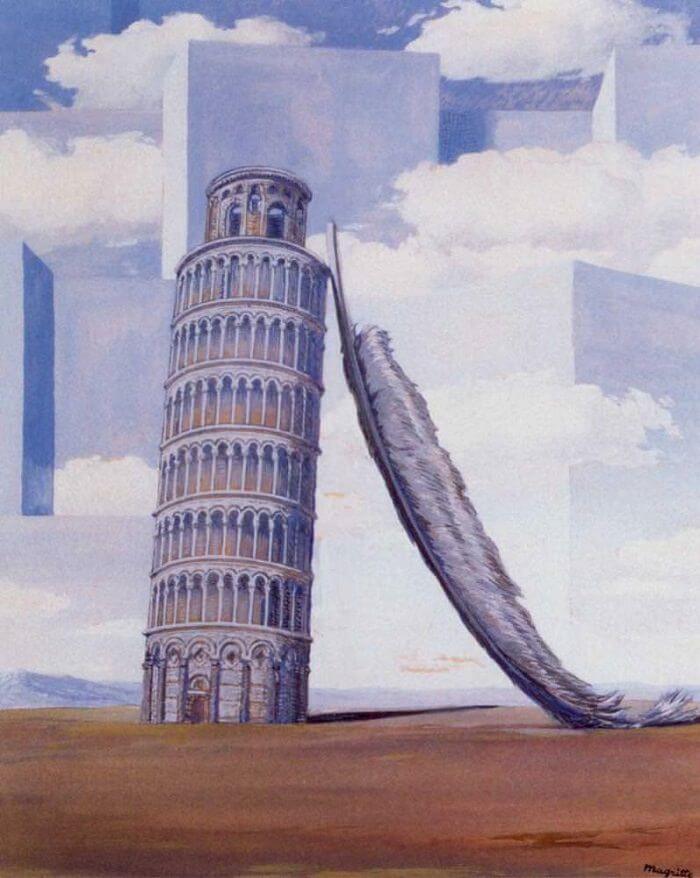
Depicting the leaning tower of Pisa 'supported' by a feather, Souvenir de voyage is a remarkable example of the way in which Magritte's art appropriates images from popular culture, and turns them into fantastic compositions. Reproductions of famous paintings, travel brochures, postcards and other souvenirs were often seized upon as sources for his paintings and gouaches, as is the case in the present work. Since the leaning tower of Pisa holds the same mystifying appeal within architecture as Mona Lisa does in painting, Magritte would have certainly relished its status as a popular icon. By adding the feather as a support for the famously unstable building, the artist seeks to subvert the laws of physics, as well as to question the viewer's perception of an image so deeply rooted in common culture.
The artwork is one of three oils that Torczyner, a lawyer and friend of Magritte's, commissioned from the artist in June 1958, and was completed by August of that year. When Torczyner questioned the background of this painting, which differs from the sky painted in another version of the tower of Pisa, Magritte explained in a letter of 8th October 1958: 'The Tower of Pisa is also new, with its necessary feather. The background differs from those of the other versions of this picture, so that they can be distinguished one from another - and also so as not to lose the possibility of seeing the Tower against a sky lit by the setting sun'
The idea of the leaning tower of Pisa originated in a drawing of 1949 and a gouache of 1952, both depicting the building leaning against an oversized upright spoon. The image of the tower 'supported' by a feather first appeared in an oil of 1953, with a more literal title La Nuit de Pise. The title Magritte chose for the present work, that first appeared in a 1926 oil, was conceivably inspired by J.A. Gobineau's book Souvenirs de voyage, which Magritte had in his library. Its more poetic resonance certainly struck a chord with the artist and his inclination for unusual titles, and emphasises the ubiquitous appeal of the image.


